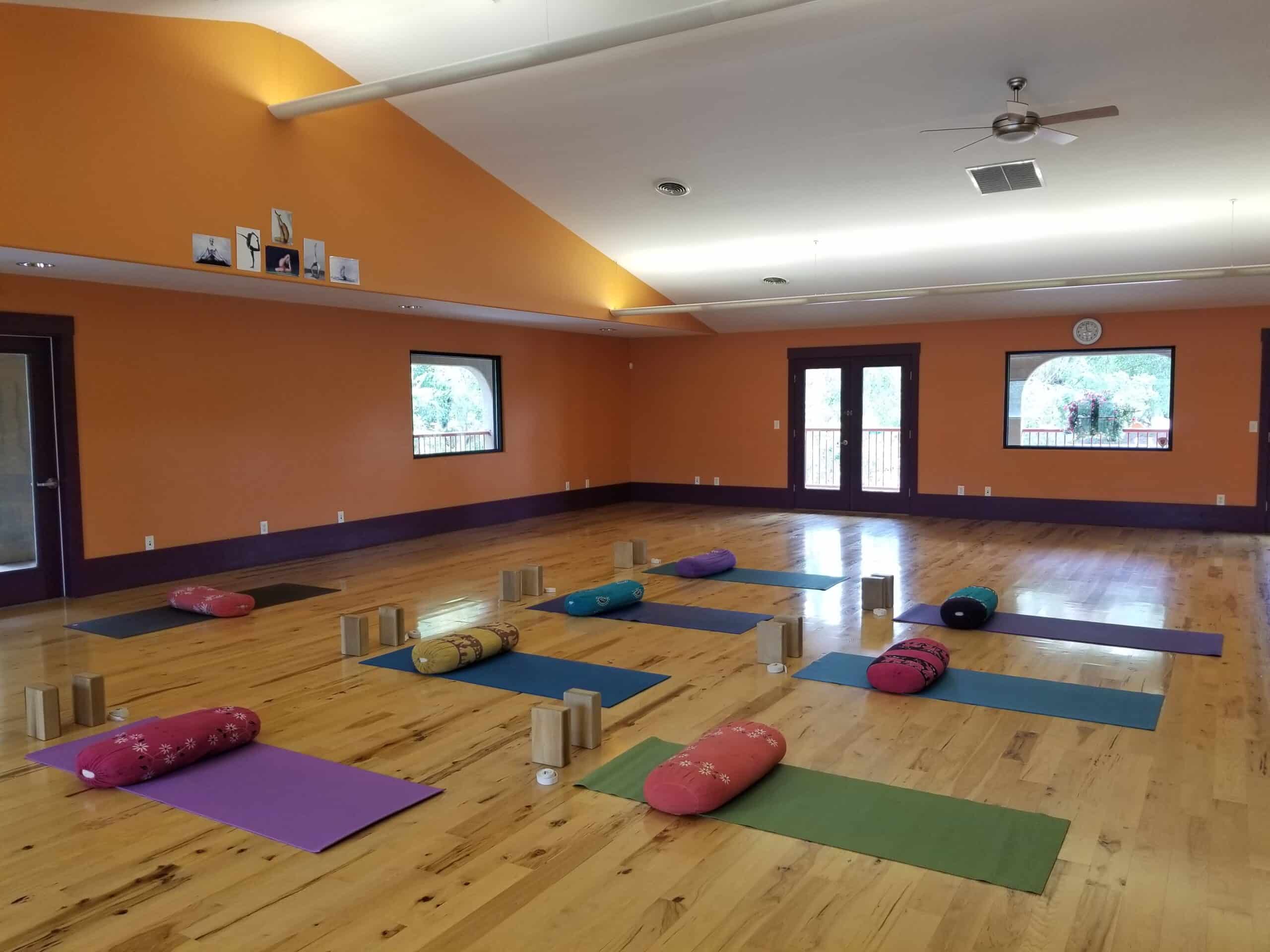How To Realign Your Practice for National Yoga Month | By Lara Heimann
National yoga month has us question–why do we need to evolve our idea of yoga and functional movement? Our modern daily lives are spent in contracted positions for prolonged periods of time, creating imbalances in the tissues that surround the many joints of our bodies. Our bodies are made to move, and in fact, more of our brain real estate is dedicated to movement than it is to language. And yet we probably spend more time speaking or communicating in some way (texting!) than we do in moving our bodies. How is that impacting us?
During this national yoga month, I would like to promote more attention to alignment and functional movement within the yoga practice. Here’s why: when we limit our movement experience as we do in the more common sedentary lifestyle, we impose imbalances in the connective tissues and surrounding muscles that not only impact how we move but also affect the efficiency of our movement. And then we carry that patterning of movement and subsequent compensatory strategies on to our yoga mat. While we might feel better briefly after the practice, we are most likely reinforcing the already existing imbalances unless we specifically bring awareness to our movement. In other words, we are not curating the most balanced state of mind and body that we often seek in a yoga practice.
So, how do we shift the physical practice to help us more on and off the mat so that we move and feel and act better? national yoga month
First, we have to think about truly balancing our strength and flexibility and moving within ranges of motion, not obsessively pushing to end ranges of motion in a way that yoga has traditionally glorified. A strong core that supports the mobility of the limbs is a key ingredient for healthy, habit-forming movement.
Second, we need to slow down the movement so that we can notice when we are losing our sense of core integration or hanging and pushing into the joints passively. national yoga month
Third, we need to hold a higher bar for yoga teachers to become more skilled at teaching an informed and sustainable practice. Yoga teachers who teach movement need to know about functional anatomy.
Finally, we should work for our strength in the pose by embodying the shapes with attention and discipline. It is not the pose that makes it “yoga” but more the process of moving with attention and awareness that invites us to be awake in life. When we pay attention to our form, refining our alignment, we move more efficiently and sustainably; we can be freed from the conditioned sleepwalk through work and life amidst the steady hum of distraction and instead practice living with more consciousness. national yoga month
It can be that simple. Functional movement in yoga is key for this participation in life. Are you ready?
Photo by Jordan Matter.
 Lara Heimann is an international yoga pioneer and physical therapist focused on evolving the practice of yoga to empower movement and balance amidst a modern lifestyle of technology and sedentariness. With an advanced degree in physical therapy and more than 25 years of yoga practice and education, Lara is redefining the modern practice through her comprehensive LYT (Lara’s Yoga Training) Method, emphasizing smart alignment, functional movement and spiritual wellness. Sustainable, freeing and efficient, LYT champions smarter, safer and more conscious movement patterns and is practiced worldwide through daily online classes at her newest initiative, movementbylara.com. Additionally, Heimann leads teacher training certifications online and in person at her studio, YogaStream, in Princeton, NJ , and hosts international workshops and speaking engagements about consciousness and purposeful movement. Through the holistic connection between body and mind, Lara’s methodology is a clear and influential roadmap to ignite the spirit to operate at its highest potential both on the yoga mat and off.
Lara Heimann is an international yoga pioneer and physical therapist focused on evolving the practice of yoga to empower movement and balance amidst a modern lifestyle of technology and sedentariness. With an advanced degree in physical therapy and more than 25 years of yoga practice and education, Lara is redefining the modern practice through her comprehensive LYT (Lara’s Yoga Training) Method, emphasizing smart alignment, functional movement and spiritual wellness. Sustainable, freeing and efficient, LYT champions smarter, safer and more conscious movement patterns and is practiced worldwide through daily online classes at her newest initiative, movementbylara.com. Additionally, Heimann leads teacher training certifications online and in person at her studio, YogaStream, in Princeton, NJ , and hosts international workshops and speaking engagements about consciousness and purposeful movement. Through the holistic connection between body and mind, Lara’s methodology is a clear and influential roadmap to ignite the spirit to operate at its highest potential both on the yoga mat and off.Naturally caffeine-free and filled with adaptogens superfoods, the Turmeric Milk Mix will nourish your whole self. It [...]

Subscribe to Our Tribe
Stay up to date with Y+L News, Events and special announcements.










